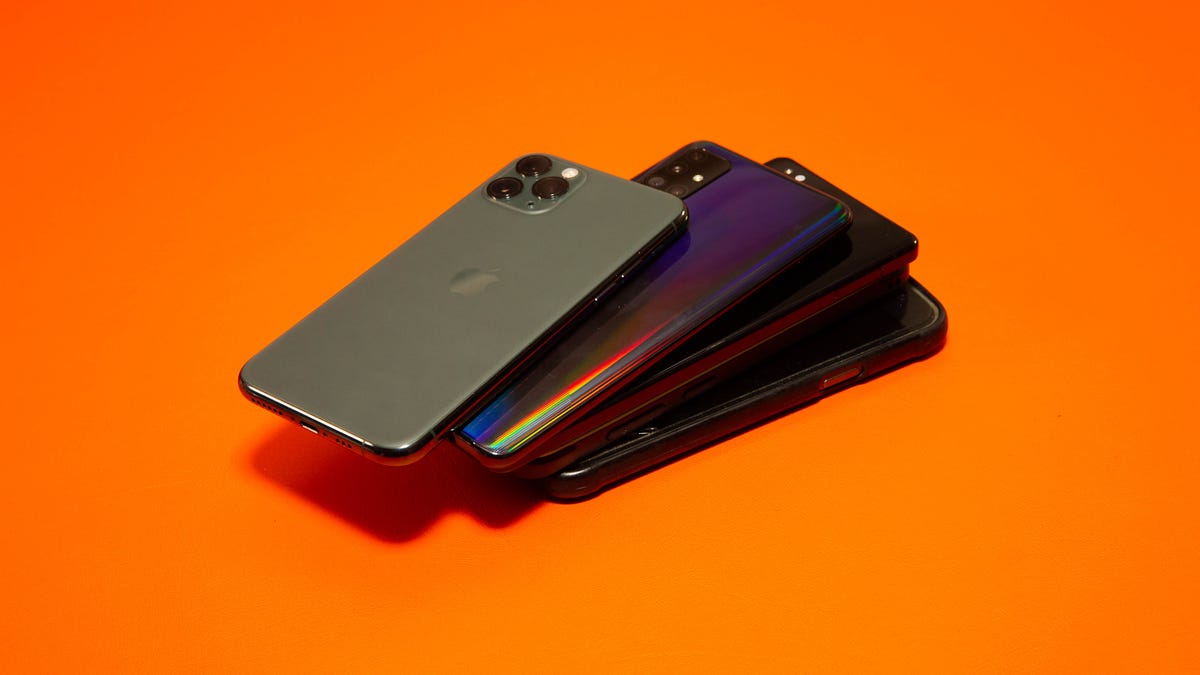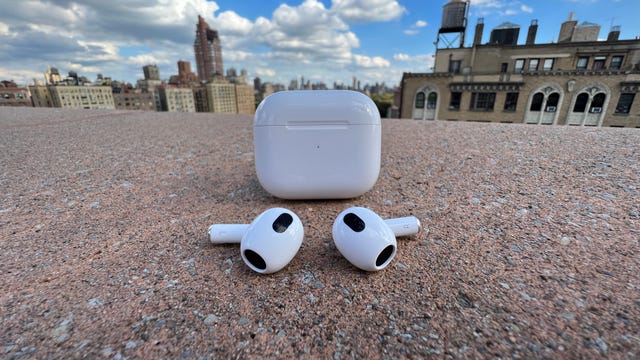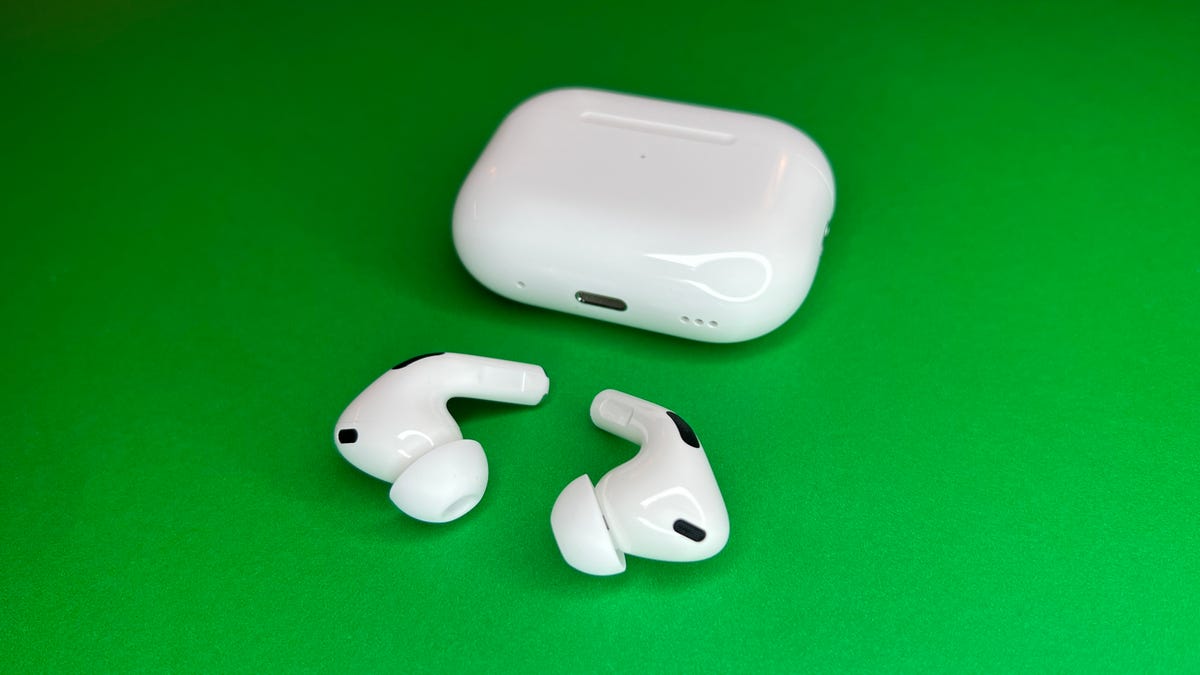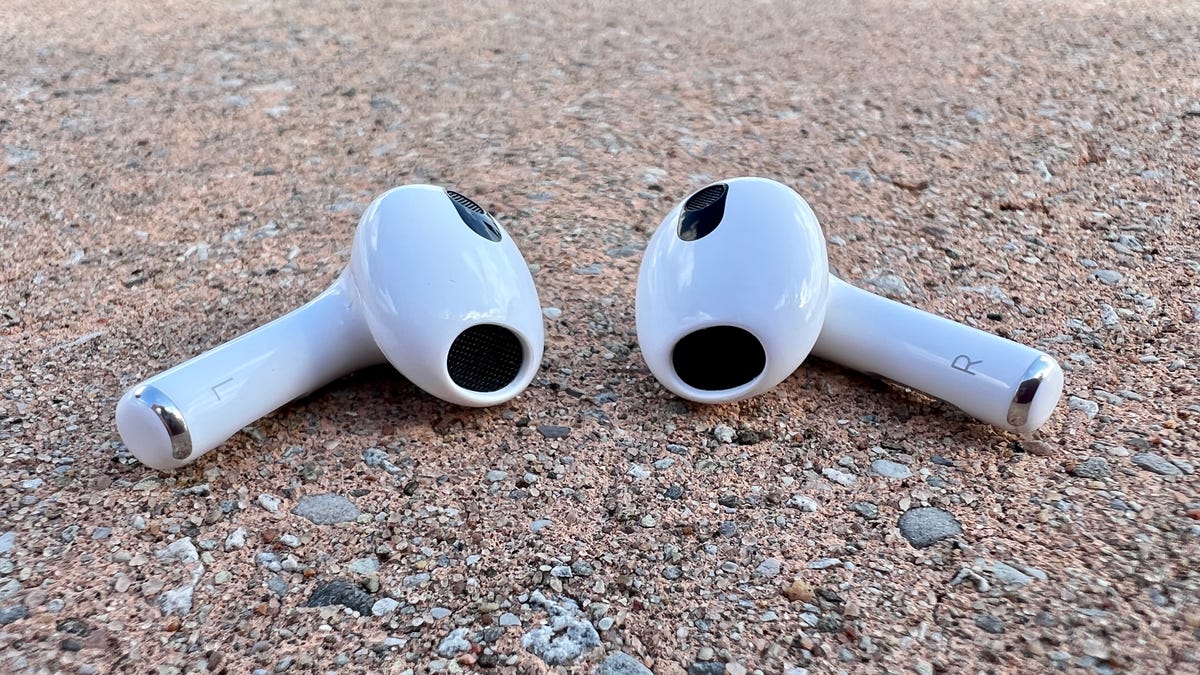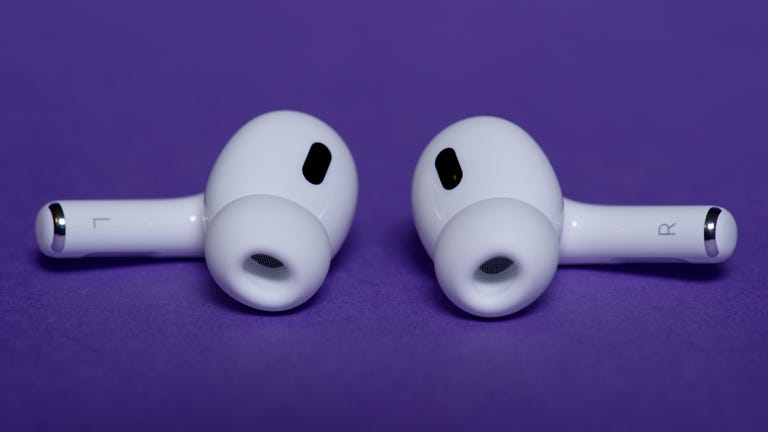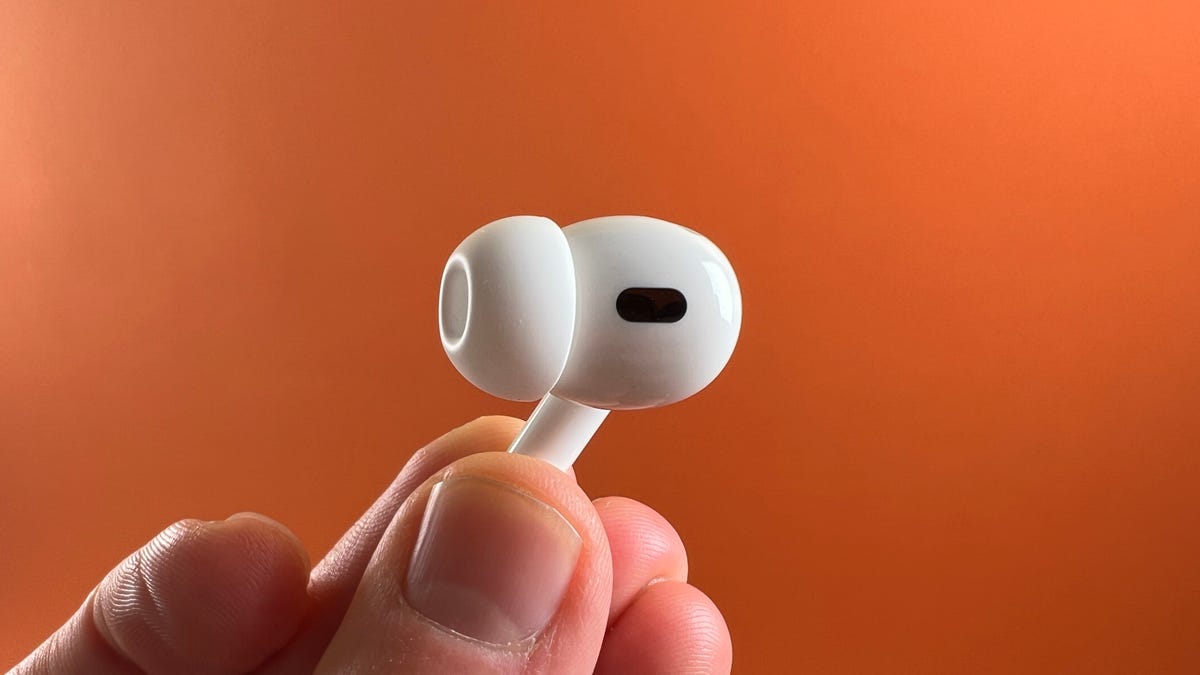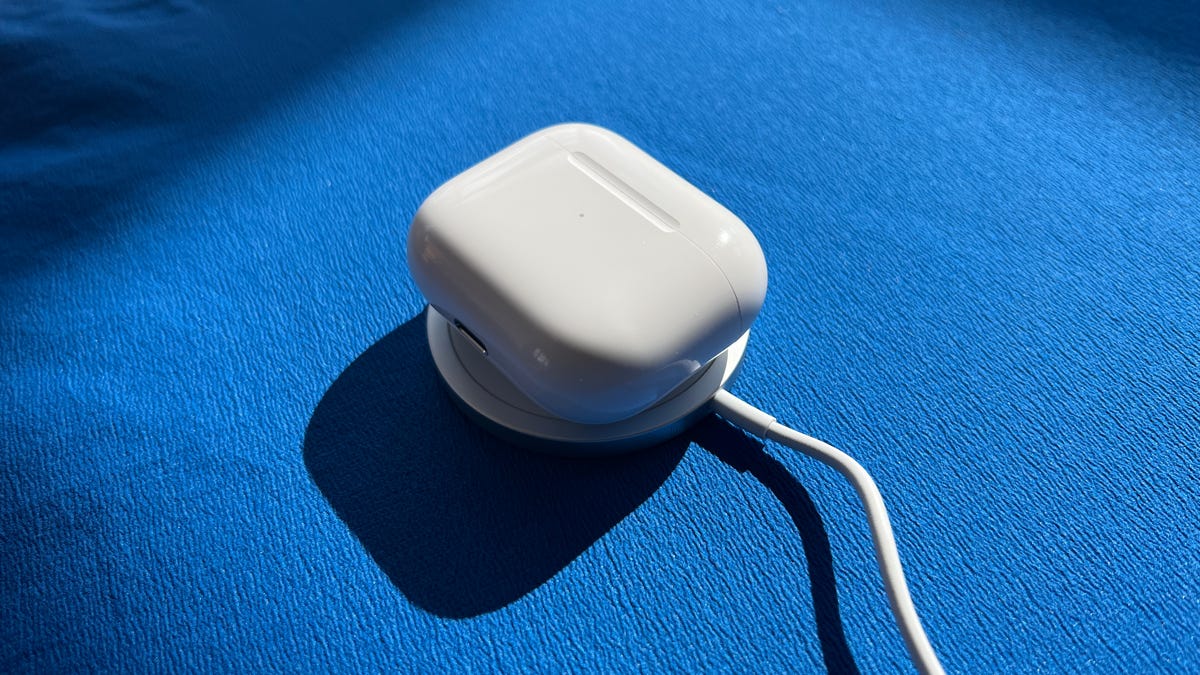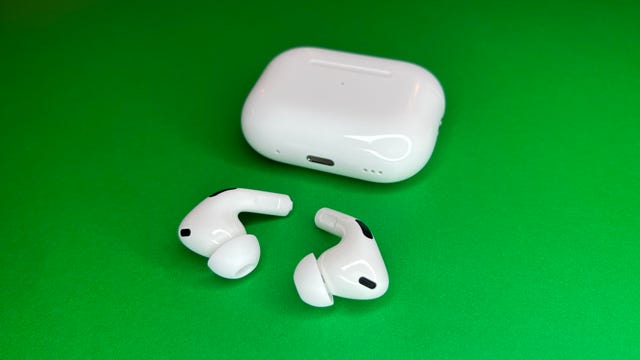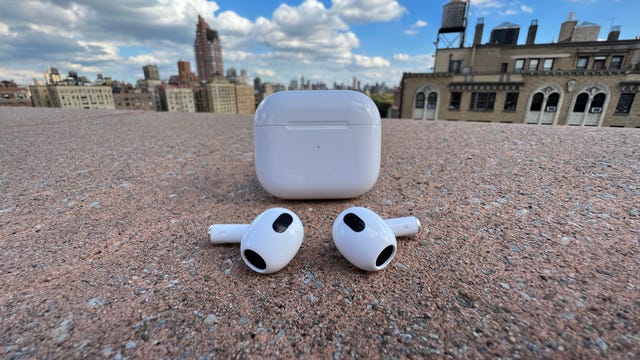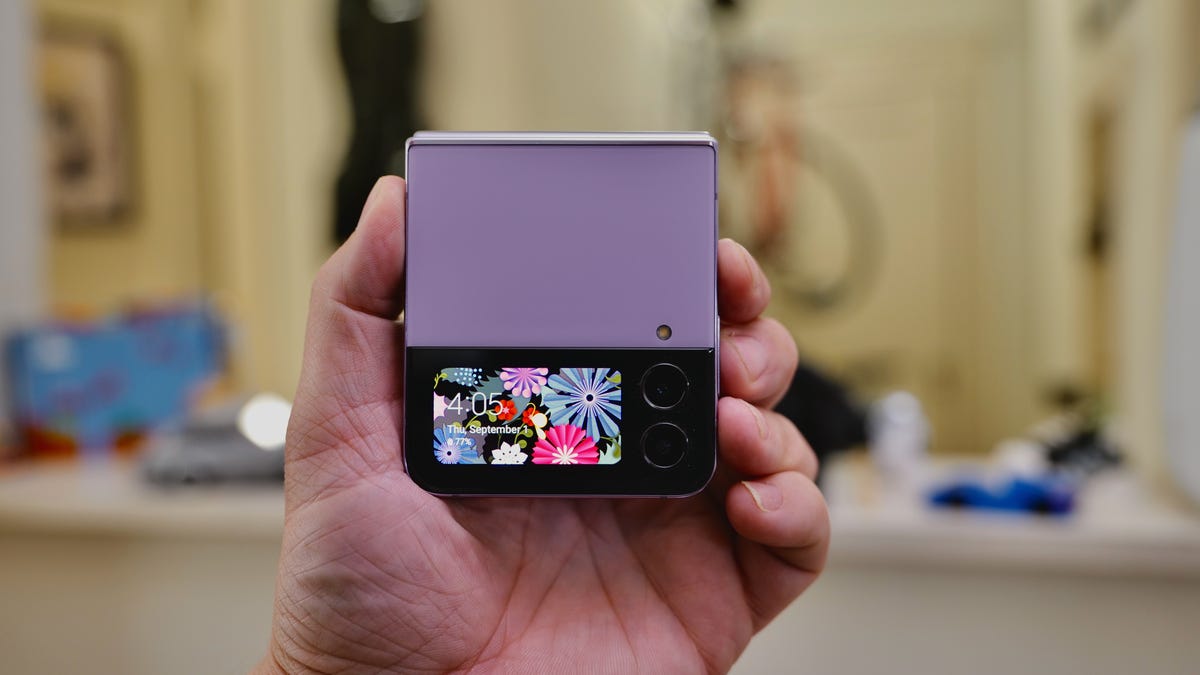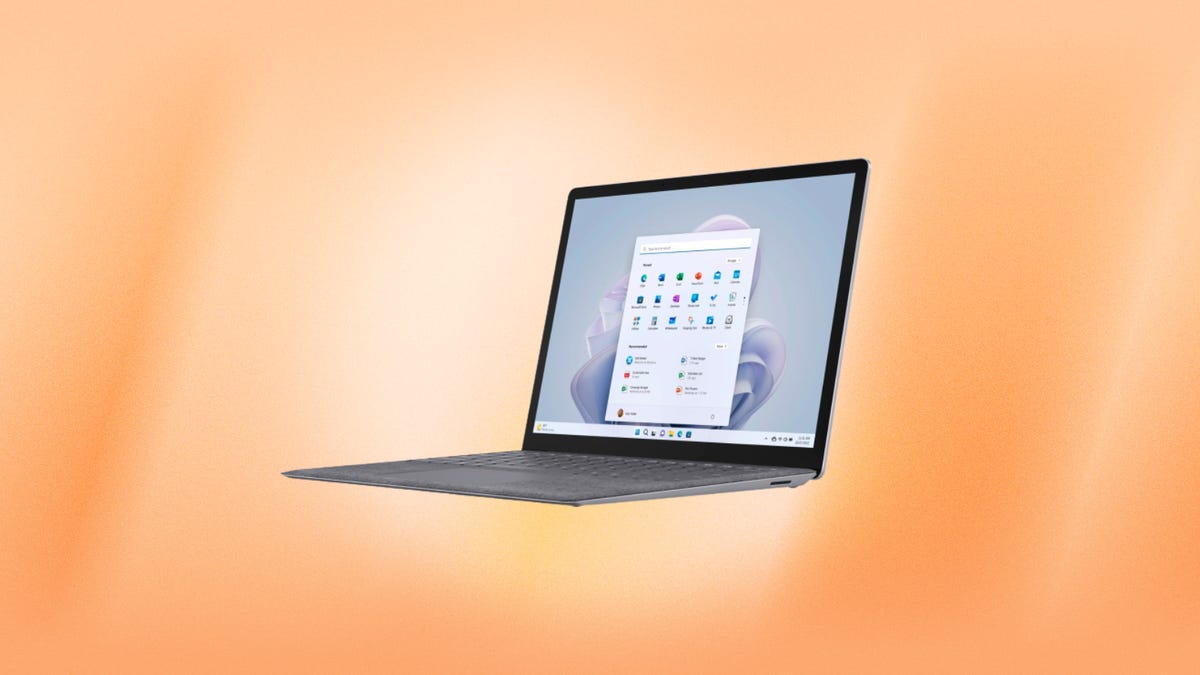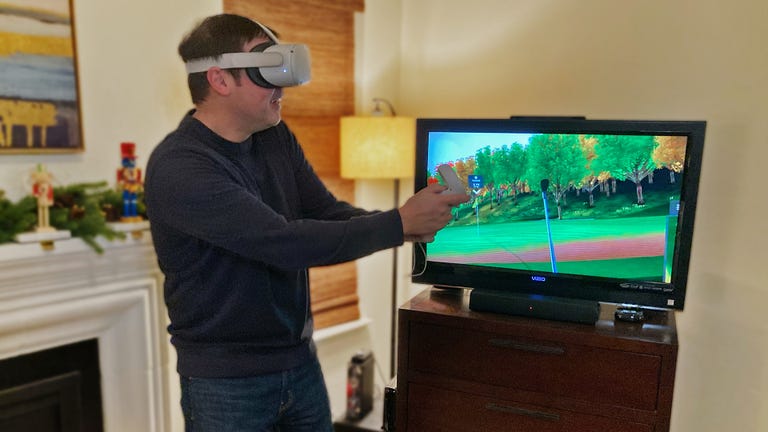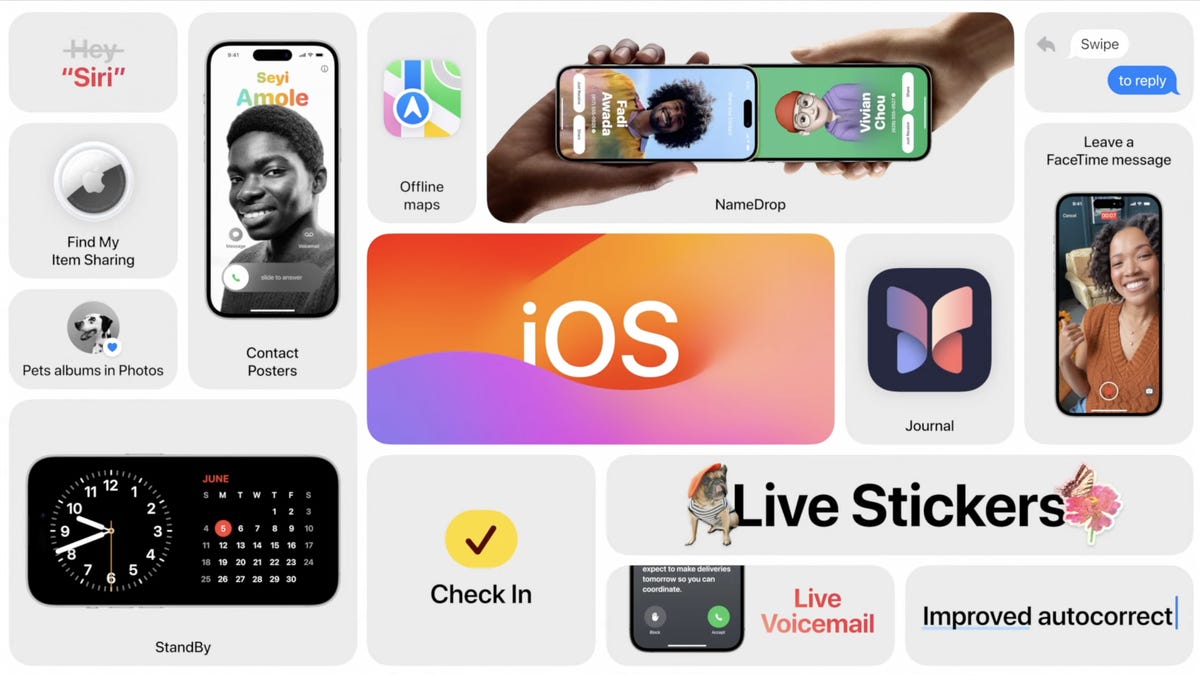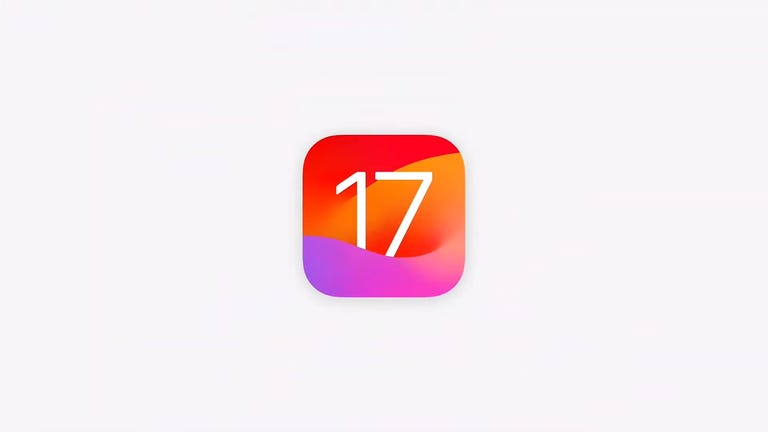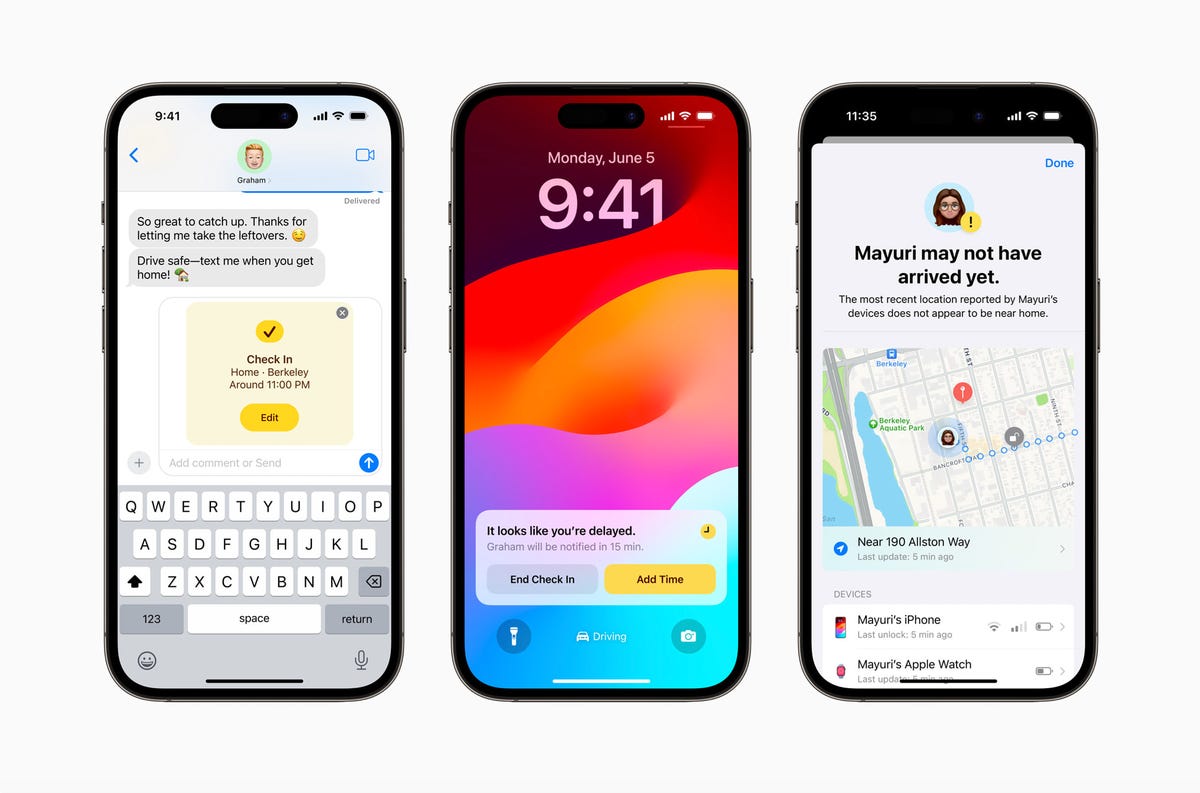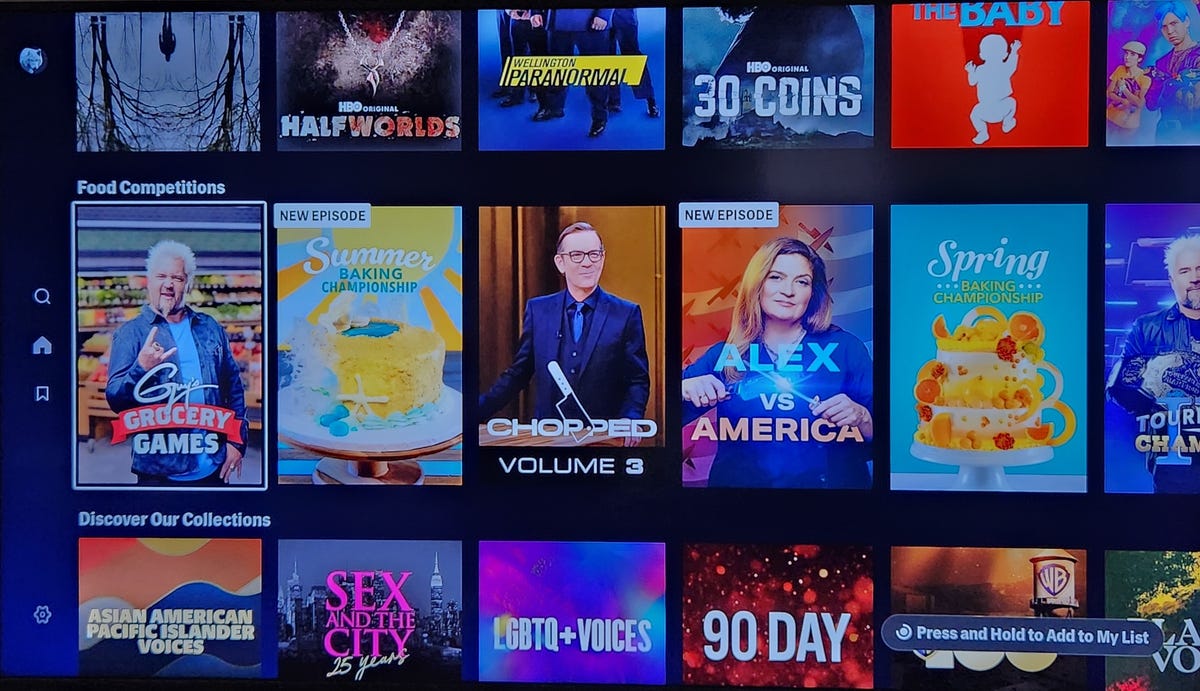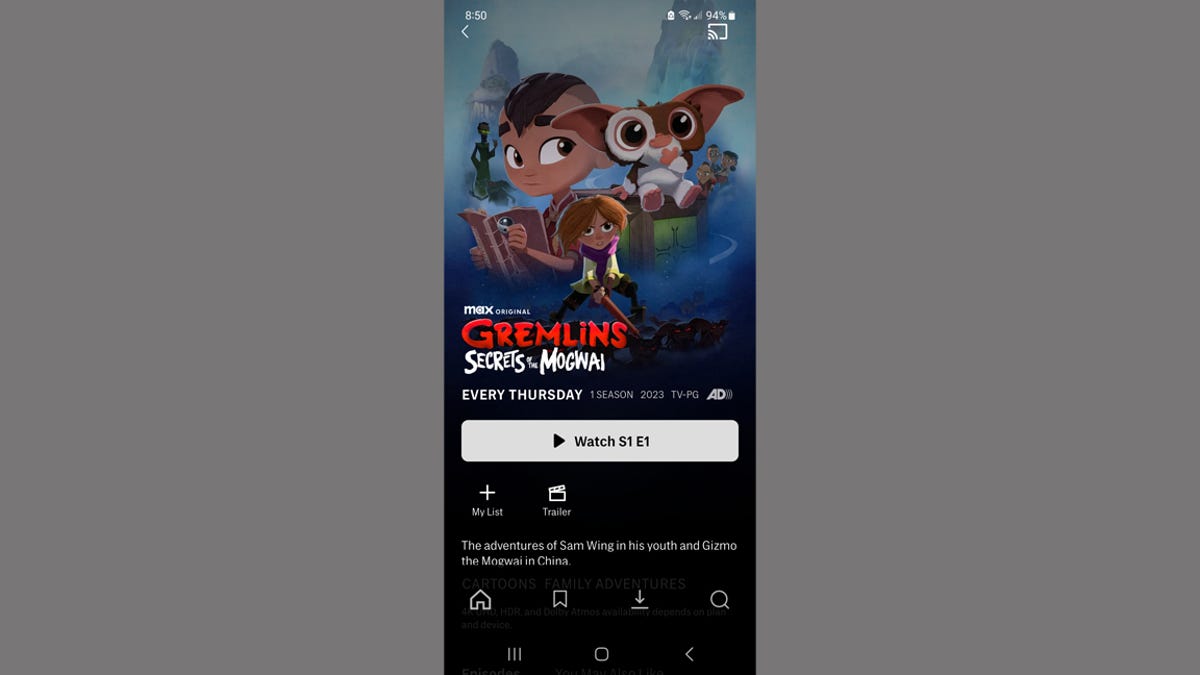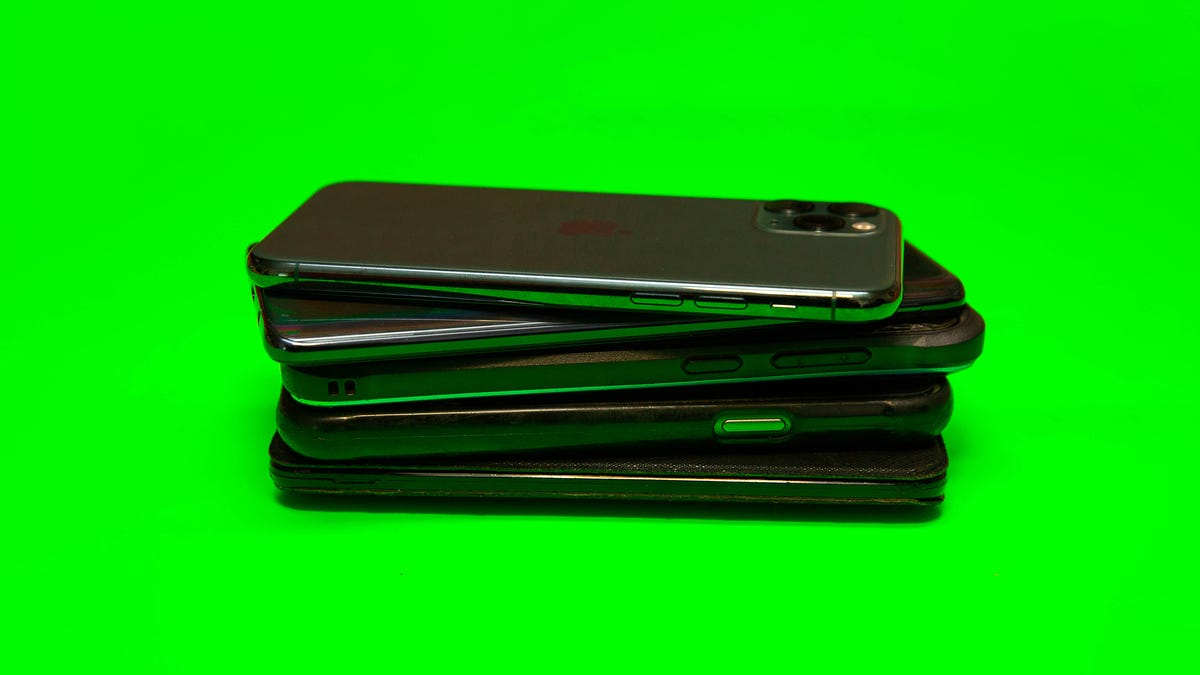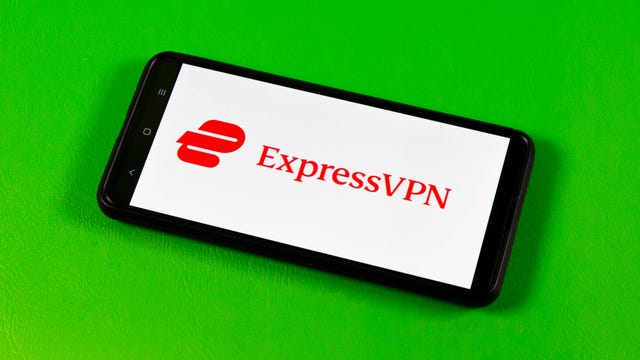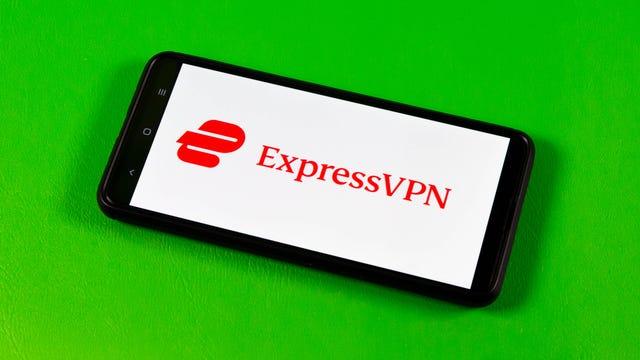Advertiser Disclosure
It’s already been a busy year for smartphone launches. Samsung kicked off 2023 with the Galaxy S23 lineup, and Google introduced the Pixel 7A and Pixel Fold at its developer conference in May. But as we approach the second half of 2023, there should be even more to look forward to, especially if you’re interested in foldable phones.
Though it’s hard to predict exactly what’s in store for the phone industry, it’s possible to make some educated guesses since many companies stick to the same launch routine. The iPhone 15 lineup, for example, is expected to arrive in September, possibly with USB-C charging for the first time. Samsung is holding its next Unpacked event in late July, meaning we may see new Galaxy Z Flip and Z Fold devices soon. Google’s rumored Pixel 8 could launch in the fall, likely with a new Tensor processor.
Such launches would follow the subtle but important progress that phones made in 2022. The iPhone 14, for example, gained satellite connectivity for emergencies and car-crash detection, while Google found more ways to make use of its custom Tensor chip in the Pixel 7 and 7 Pro. Samsung, meanwhile, gave its flagship Galaxy S lineup a fresh look and an upgraded camera last year, while this year’s S23 is a modest step forward.
Here are the new phones we’re likely to see in 2023, based on previous launch cycles, rumors and reports.
Apple iPhone 15 lineup

The iPhone 14 lineup.
What we’re expecting: Apple’s new iPhone family usually launches in September, and we have no reason to believe 2023 will be any different. The adoption of USB-C charging is one of the biggest changes we’re expecting to see on Apple’s next-generation iPhones.
The European Union recently mandated that all new phones sold in the region must support USB-C charging by 2024. Apple said it would comply with these rules but did not specify whether that means we’ll see a shift to USB-C starting in 2023. It’s also not confirmed if a USB-C iPhone would get a global release, or if it would remain solely a European model.
Otherwise, we’re likely to see routine changes such as some camera upgrades and a new processor. TF International Securities Analyst Ming-Chi Kuo, who is known for making pretty accurate predictions about upcoming Apple products, tweeted that Apple may do more to distinguish the iPhone 15 Pro from the regular iPhone 15.
It already made a step in that direction with the iPhone 14 generation by keeping features like the Dynamic Island and new A16 Bionic processor exclusive to the Pro line. What’s more interesting, however, is the idea that Apple could further differentiate the larger iPhone 15 Pro Max from the smaller iPhone 15 Pro, according to Kuo.
The main difference between the regular Pro and Pro Max comes down to screen size. Giving the Pro Max some extra perks could further convince shoppers to splurge on Apple’s biggest (and most expensive) iPhone. Bloomberg’s Mark Gurman also believes Apple could change the name of the iPhone Pro Max to the iPhone Ultra in the future to better align with other products like the Apple Watch Ultra.
Why I’m excited about it: The iPhone’s long-anticipated transition to USB-C is arguably the biggest reason to get excited about Apple’s next smartphone. The switch means iPhone users will finally be able to charge their iPhone, iPad and Mac with the same type of charging cable, reducing friction and making the iPhone that much more convenient. I’m also looking forward to seeing whether Apple further distinguishes the iPhone 15 Pro Max from the iPhone 15 Pro. I’ve argued that Apple needs to give its supersized iPhones more functionality that takes advantage of their larger screens, similar to the iPad.
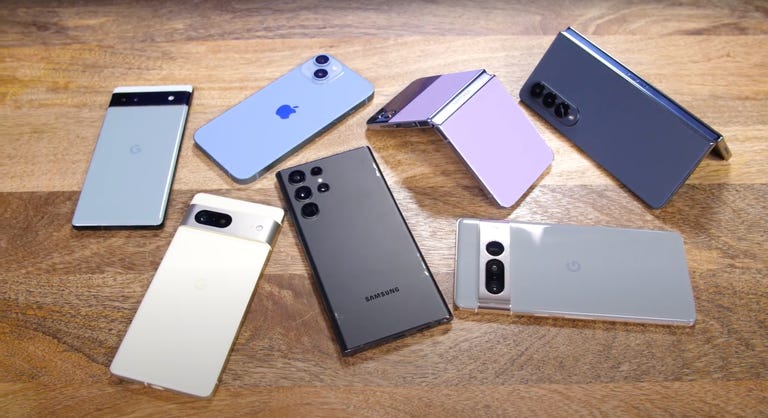
07:28
OnePlus Foldable Phone
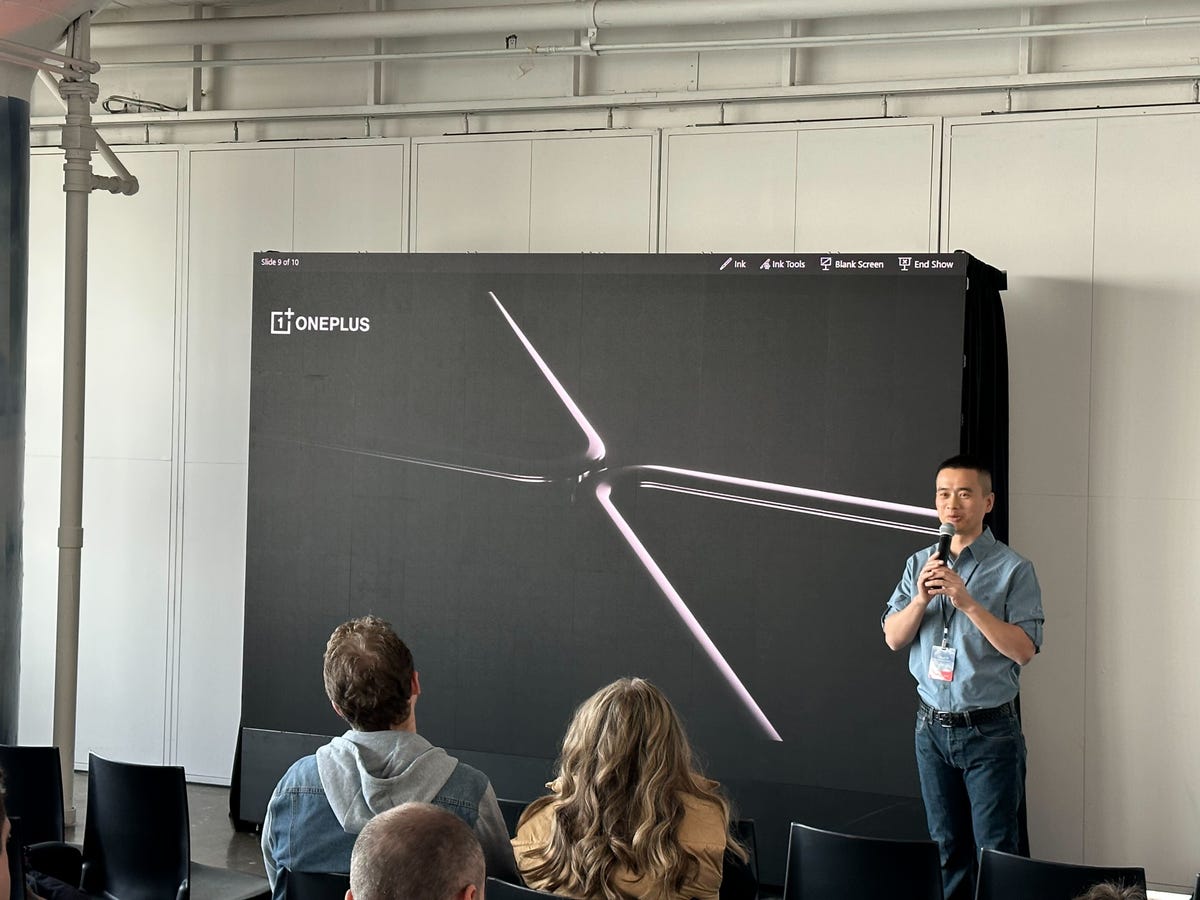
OnePlus teased its first foldable phone, but hasn’t provided concrete details yet.
What we’re expecting: OnePlus plans to launch its first foldable phone in the second half of 2023, the company said before its event at Mobile World Congress in February. Unfortunately, we don’t know much else. The company has yet to announce any details about the device itself, precisely when it plans to launch the phone, or how much it could cost.
Why we’re excited about it: Like Google, OnePlus has a reputation for beating Samsung and Apple on price. That makes me hopeful that OnePlus’ foldable phone will be significantly less expensive than the $1,800 Galaxy Z Fold 4. The Oppo Find N2 from OnePlus’ sister brand has also been well received, with CNET’s Sareena Dayaram calling it the lightest foldable she’s ever carried, so there’s a chance OnePlus could follow in its sibling’s footsteps. Plus, it’ll be nice to see Samsung face more competition in this space.
Google Pixel 8 lineup
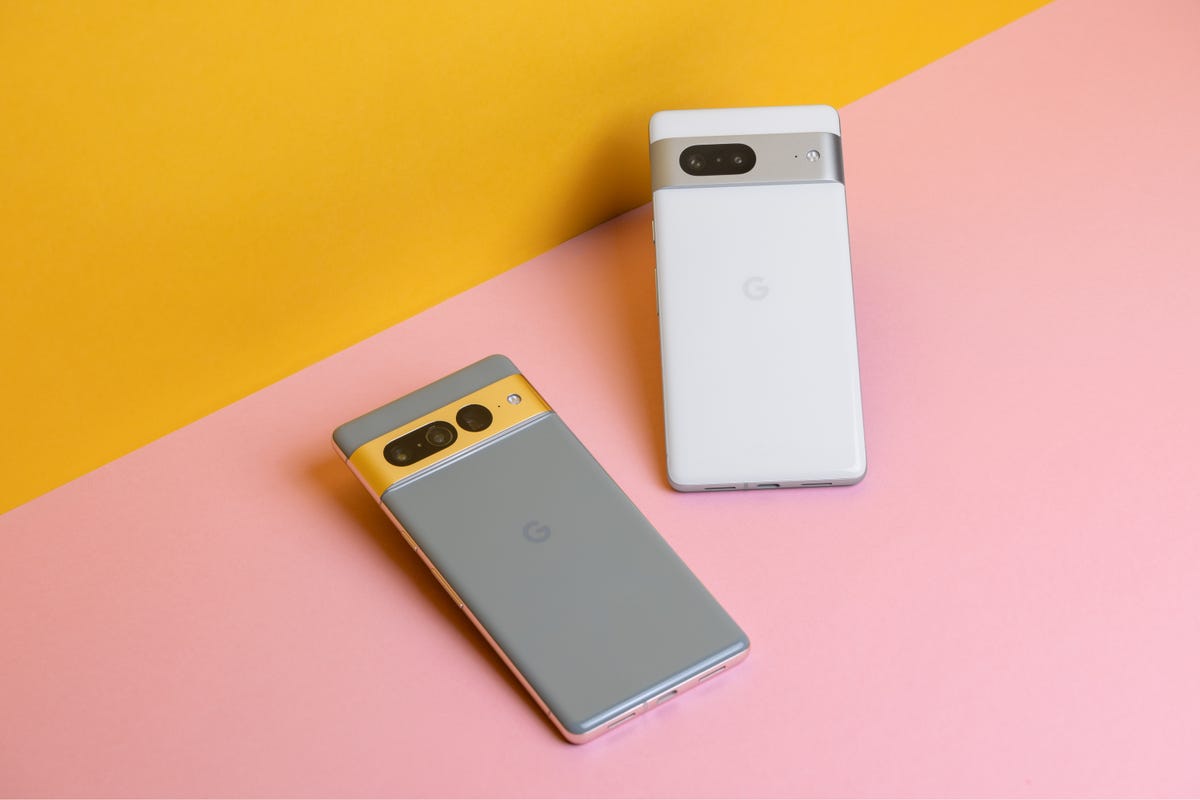
The Pixel 7 Pro (left) and Pixel 7 (right).
What we’re expecting: Rumors have already started to surface about what to expect from the Pixel 8 family, which is expected to arrive this fall. German tech blog WinFuture reports that it found references to two unreleased Pixel smartphones in publicly available code. The findings indicate that these two devices are codenamed “Shiba” and “Husky” and that they’re powered by a new processor codenamed “Zuma.” The code also suggests these devices will run on Android 14 and include 12GB of RAM, according to WinFuture.
Prolific leaker Steve Hemmerstoffer also partnered with the tech blogs MySmartPrice and SmartPrix to publish what are said to be renderings of the Pixel 8 and Pixel 8 Pro. Based on these images, both phones will have a similar design with softer edges compared to the Pixel 7 and 7 Pro.
Why I’m excited about it: There haven’t been many rumors about the expected Pixel 8 and 8 Pro, which means there isn’t too much to get excited about yet. But what I’m most interested in is what new features Google’s next-generation chip will bring to its future phones. Google’s current Tensor chips have enabled features that seem practical and useful in everyday life, such as Magic Eraser and Face Unblur for improving photo quality and the ability to add speaker labels to transcripts in the Recorder app. That makes me excited about where Google could take things next.
Samsung Galaxy Z Fold 5
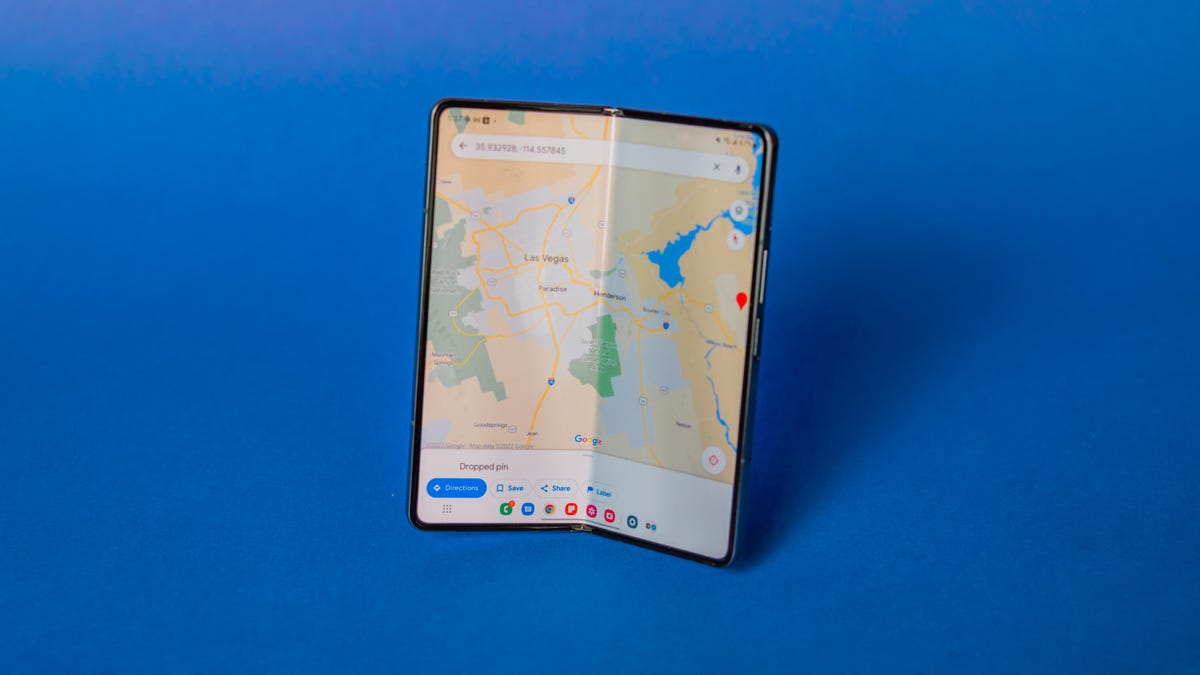
Samsung’s Galaxy Z Fold 4.
What we’re expecting: Even though foldable phones are still new to most people, Samsung’s Galaxy Z Fold will be on its fifth generation in 2023. The next version of Samsung’s phone-tablet hybrid could have a slot for storing Samsung’s S Pen stylus, a lighter design and a less noticeable crease, according to Korean news outlet The Elec. The report didn’t definitively say the Z Fold 5 will have these improvements, but did say Samsung has cited them as barriers that must be overcome to make foldable phones more popular.
Other more recent reports from The Elec, ET News and well-known leaker Ice Universe suggest Samsung could implement a water drop-shaped hinge on the Galaxy Z Fold 5. That new hinge would likely help with minimizing the device’s crease and thickness.
Otherwise, we can probably expect to see routine improvements to the camera and processor in the Galaxy Z Fold 5. Samsung also added some new multitasking features to the Z Fold 4 this year, such as the ability to use the bottom portion of the screen as a mini trackpad when the display is folded halfway. So there’s a chance we’ll see other software enhancements in the future, too.
Samsung’s next Unpacked event will take place in Seoul, South Korea in late July, and we’re expecting to see new foldables since the company typically releases Fold and Flip devices around that time.
Why I’m excited about it: The Galaxy Z Fold 5 needs a lot more than an included S Pen to bring foldables into the mainstream. But making the S Pen a bigger part of the experience could go a long way in further defining who the Z Fold is for and why it exists in the first place. Samsung is promoting the Z Fold 5 as a productivity-oriented device, so having an embedded S Pen seems like a natural move. The Galaxy Z Fold 4 and Z Fold 3 are both compatible with the S Pen, but they must be purchased separately.
Samsung Galaxy Z Flip 5
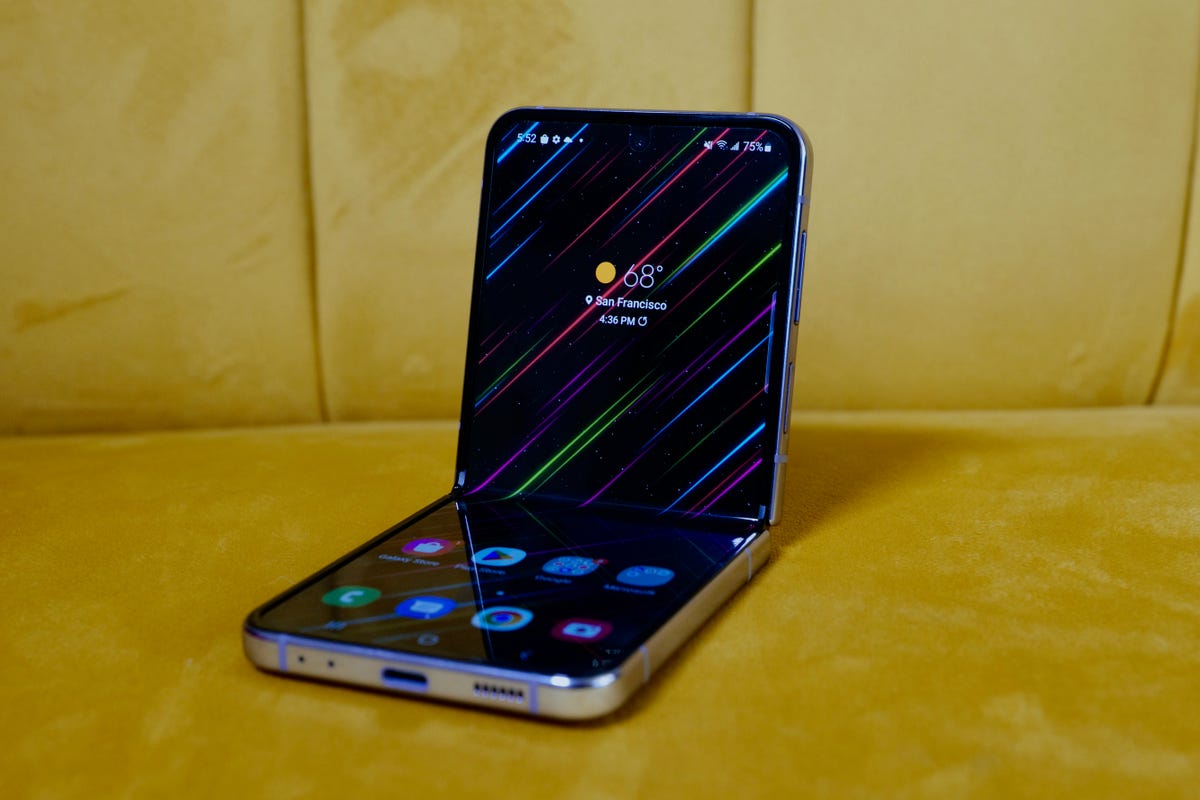
The new Galaxy Z Flip 4 looks nearly identical to last year’s Z Flip 3.
What we’re expecting: Samsung’s next flip phone may have a larger cover screen and a less noticeable crease, according to Ross Young, cofounder and CEO of Display Supply Chain Consultants. Ross recently tweeted that the Z Flip 5 will have a cover display measuring around 3 inches and a new hinge design that could make the crease more subtle. That would represent a sizable increase from the current Z Flip 4’s 1.9-inch cover screen. Like with the Z Fold 5, there’s a chance we’ll see general improvements to camera quality and software as well as a new processor.
Why I’m excited about it: Enlarging the cover screen would address one of the Z Flip’s biggest shortcomings, while making it more competitive with the new Motorola Razr Plus. As my colleague Patrick Holland wrote in his review of the Z Flip 4, the cover screen is the biggest area where Samsung could be doing more. I’m also hoping to see longer battery life from the Z Flip 5 considering that’s another area where Samsung’s current flip phone could use some improvement.
Overall
It seems like some of the biggest improvements we’re expecting to see across the board on new smartphones in 2023 will have to do with battery and charging improvements, as well as camera and design upgrades. We’ll know more throughout the year as more reports and rumors arrive, and as Samsung, Apple and Google actually debut their devices.
